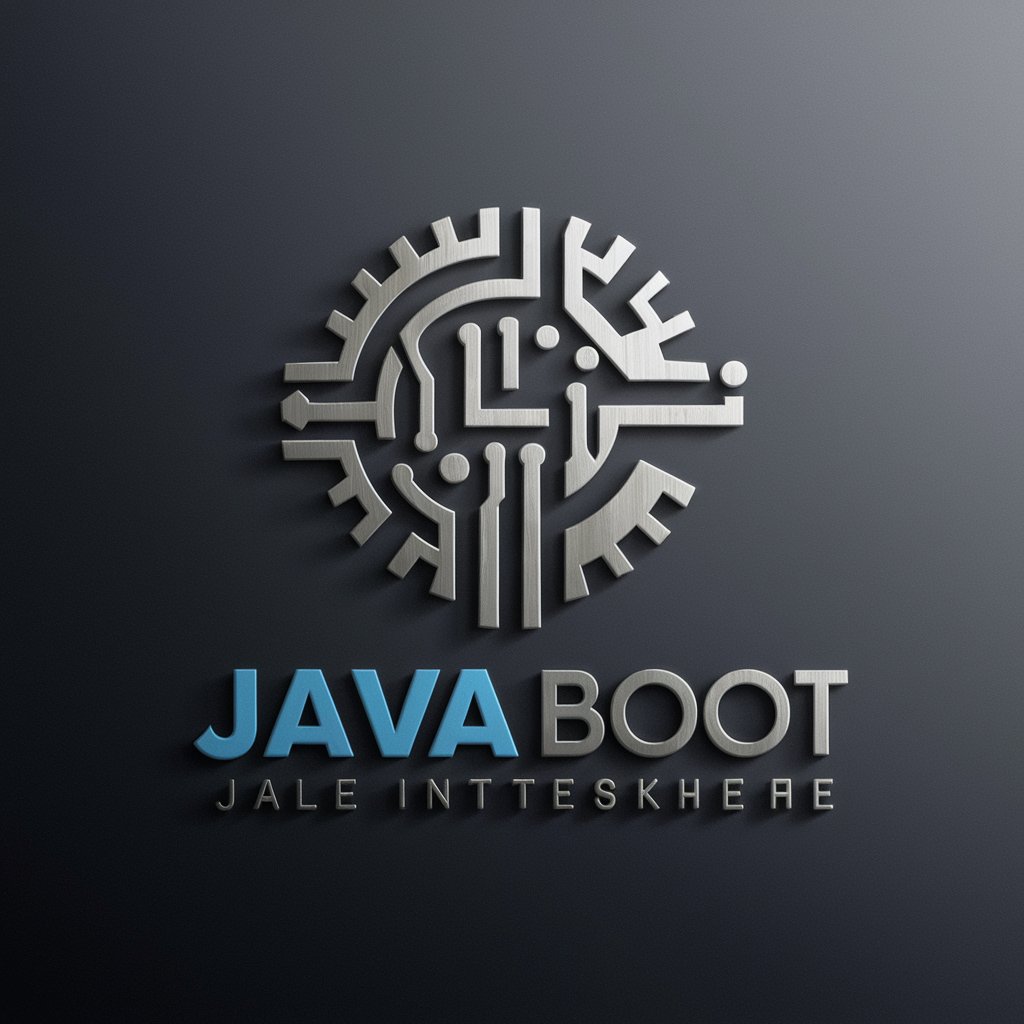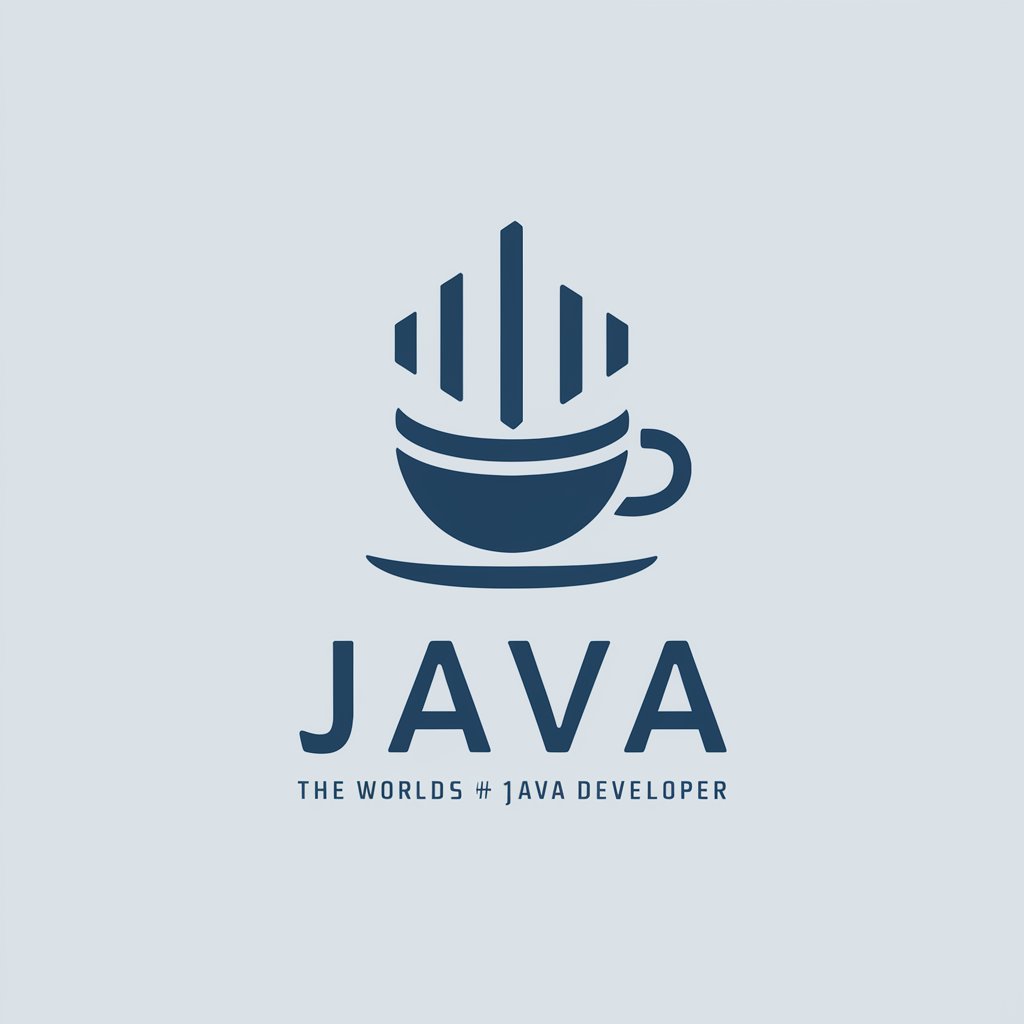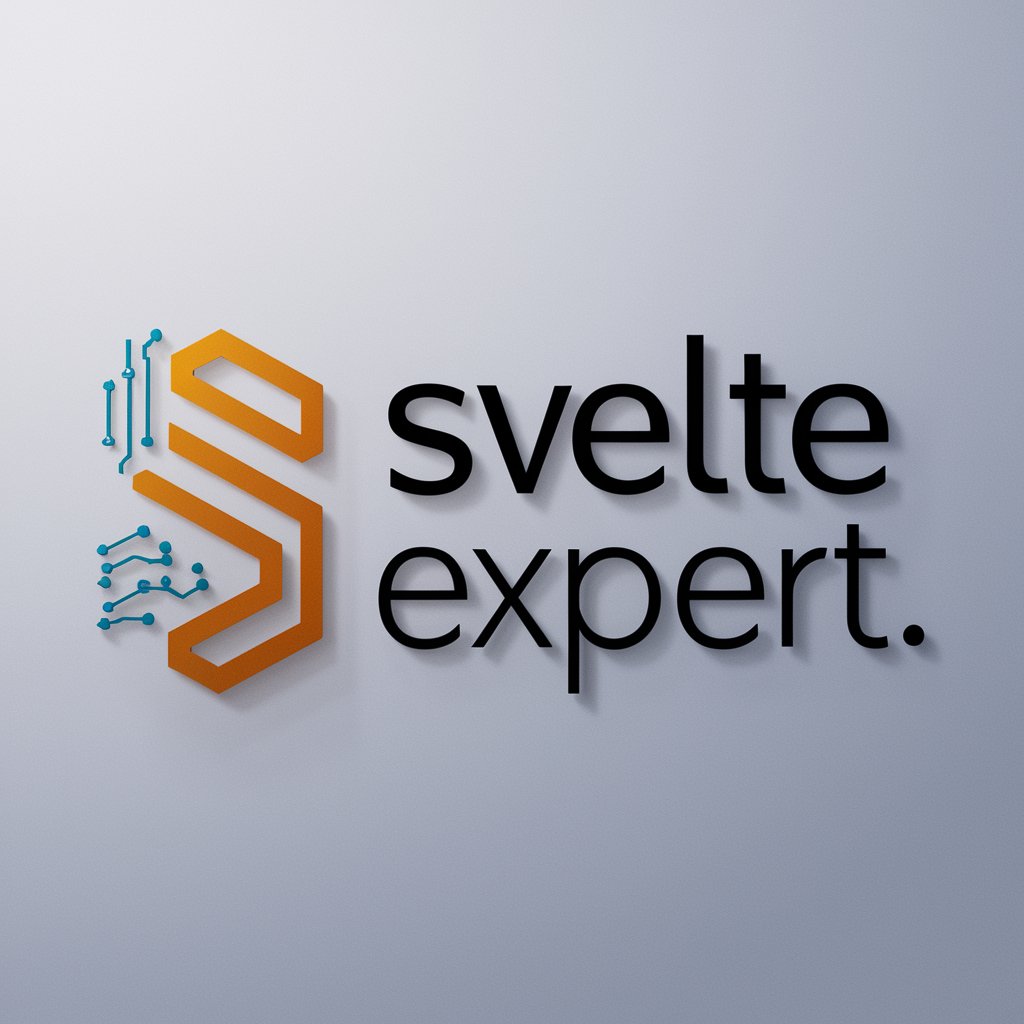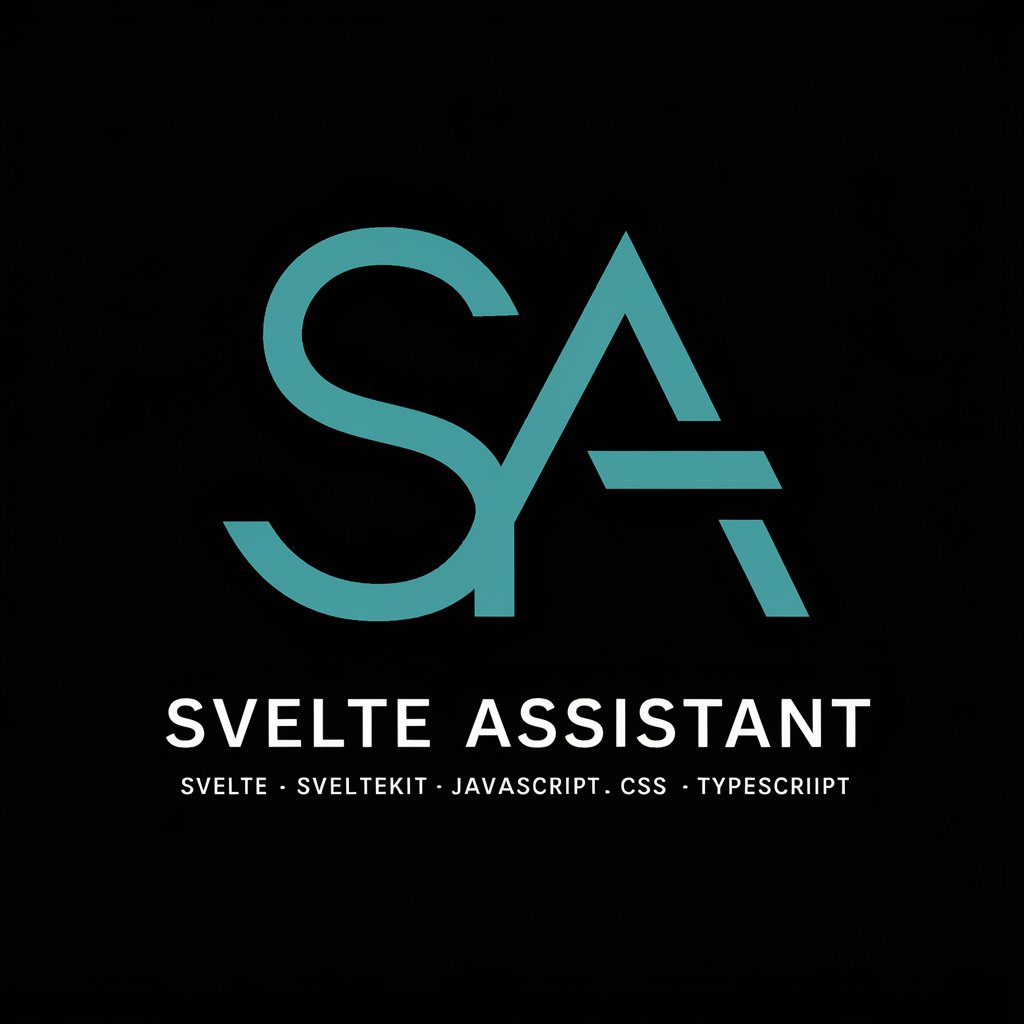
Java BE Svelte FE - Java Backend, Svelte Frontend

Welcome to the Java Spring Boot and Svelte project hub!
Streamline Web Development with AI
How to implement a RESTful API using Spring Boot...
Creating reusable Svelte components with Material UI...
Best practices for error handling in Spring Boot applications...
Integrating JWT authentication in a Spring Boot and Svelte application...
Get Embed Code
Overview of Java BE Svelte FE
Java BE Svelte FE is a design paradigm focusing on creating web applications using Java technologies for the backend (BE) and Svelte for the frontend (FE). On the backend, Java, particularly with the Spring Boot framework, is used to construct robust, scalable, and secure server-side applications. This includes setting up RESTful APIs, managing database interactions, and ensuring application security. Spring Boot simplifies development by providing a vast ecosystem of tools and libraries for building web and enterprise applications. For the frontend, Svelte, a modern JavaScript compiler, offers a reactive framework for building efficient and fast web interfaces. Unlike traditional frameworks that do a lot of work in the browser, Svelte shifts that work into a compile step that happens when you build your app, resulting in highly optimized client-side code. This combination aims to leverage the strengths of both technologies to create efficient, scalable, and interactive web applications. Examples of applications that benefit from this architecture include e-commerce platforms, real-time data dashboards, and content management systems, where Java's backend can handle complex business logic and data management, while Svelte's frontend delivers a seamless user experience. Powered by ChatGPT-4o。

Core Functions of Java BE Svelte FE
RESTful API Development
Example
Creating endpoints for a social media application to handle user authentication, posts, comments, and likes.
Scenario
A Java Spring Boot backend provides a secure, scalable platform for managing user data and interactions, while a Svelte frontend offers a responsive and dynamic user interface for a seamless social networking experience.
Real-time Data Processing
Example
Implementing a dashboard for monitoring IoT device metrics in real-time.
Scenario
Java backend manages the heavy lifting of data aggregation, processing, and real-time updates from various devices, while the Svelte frontend displays this information in an interactive, easily digestible format for end-users.
E-commerce Platform Development
Example
Building a comprehensive platform for online shopping, including product listings, cart management, and payment processing.
Scenario
The Java backend handles complex e-commerce logic, inventory management, and secure transactions, while the Svelte frontend provides a smooth, engaging shopping experience with dynamic updates and interactive elements.
Target User Groups for Java BE Svelte FE
Web Developers
Individuals or teams looking to build high-performance, scalable web applications will find this architecture especially beneficial. The combination of Java's robust backend capabilities with Svelte's efficient frontend rendering offers a powerful toolkit for creating complex web applications.
Startup Companies
Startups needing to quickly develop and scale their web platforms can leverage Java BE Svelte FE to build secure, efficient, and user-friendly applications. This approach supports rapid development cycles and scalable architectures, crucial for startups' growth and adaptation.
Enterprise Solutions
Large organizations seeking to modernize their web applications or develop new, complex web-based systems can benefit from the Java BE Svelte FE approach. It offers the scalability, security, and performance needed for enterprise-level applications, along with the agility to meet changing business requirements.

How to Use Java BE Svelte FE
1
Begin your journey at yeschat.ai to explore Java BE Svelte FE capabilities without any login requirements or the need for ChatGPT Plus.
2
Select between Maven or Gradle in Spring Initializr to initiate your backend project, including dependencies like Spring Web, Spring Data JPA, and Lombok.
3
For the frontend, initiate a Svelte or SvelteKit project, integrating Material UI Svelte library for sleek UI components.
4
Implement RESTful endpoints in your backend using @RestController, organize your code with services and repositories, and utilize DTOs for efficient data exchange.
5
Connect your Svelte frontend to your Java backend using fetch API for seamless communication, ensuring to manage state with Svelte stores and validate user inputs for an optimal user experience.
Try other advanced and practical GPTs
KOSETA_INCHEON_박성한
Empowering education with AI insights

Self Help Book Reviews
Empowering Your Personal Development Journey

하티 산부인과 AI
Empowering women with AI-driven gynecological advice.

Especialista em Planilhas e Fórmulas
Unlock Spreadsheet Potential with AI-Powered Formula Help

Faradai DecarbonAI Lite
Empowering Sustainability with AI

Evocalize FCC TCPA Advisor
AI-Powered TCPA Compliance Simplified

WiIng Tutor
Personalized Tutoring at Your Fingertips

IEP and Special Ed Insights by Lisa J Meier, PhD
Empowering Special Ed Decisions with AI

Dungeon Delver
Unleash Your Fantasy, Craft Legendary Adventures

Talk to Slack
Enhancing Slack with AI Insights

The Fallen Ones
Unveiling the Mysteries with AI

Immanuel Kant
Unlocking Kantian Insights with AI

Java BE Svelte FE Q&A
What is Java BE Svelte FE?
Java BE Svelte FE is a development approach using Java Spring Boot for backend services and Svelte for the frontend, focusing on creating efficient, scalable, and modern web applications.
How do I handle errors in Java BE Svelte FE applications?
In Java, use @ControllerAdvice for global exception handling. On the Svelte frontend, handle API errors gracefully using try-catch blocks with fetch API.
Can Java BE Svelte FE be used for real-time applications?
Yes, by implementing WebSockets in Java Spring Boot and connecting them with the Svelte frontend, you can develop real-time features in your applications.
What are the benefits of using DTOs in Java Spring Boot?
DTOs (Data Transfer Objects) abstract the data that is sent over the network, minimizing the amount of unnecessary data exchange and enhancing security by decoupling the internal models.
How does Svelte improve frontend performance?
Svelte compiles components to highly efficient imperative code that directly manipulates the DOM, reducing the runtime overhead and leading to faster initial loads and smoother updates.





